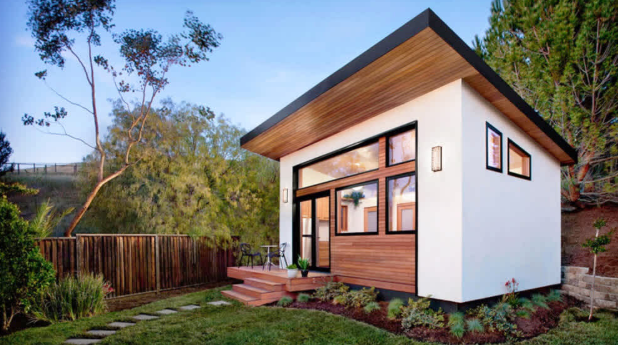Building an Accessory Dwelling Unit (ADU) can be an exciting way to expand your property, add living space, or create a new source of income. Many homeowners choose to build ADUs to accommodate family members, guests, or tenants.
However, this project involves careful planning, budgeting, and understanding of local rules. Before you start building, you need to make sure every step is properly handled to avoid problems later. Here are five expert tips to consider before you begin your ADU project.
1. Understand Local Rules and Permits
Before you begin construction, it’s important to understand your city or county’s zoning laws and building codes. Every area has different rules for ADU size, design, height, parking, and setbacks. Some places also require special permits before you can start building.
Ignoring these rules can cause costly delays or even force you to stop construction. To avoid these issues, visit your local planning office or website to learn about the latest ADU regulations. It’s also a good idea to talk to local officials or an experienced contractor who knows how to handle the paperwork and approvals.
2. Plan a Realistic Budget
Building an ADU can be more expensive than many homeowners expect. You must plan a clear and realistic budget that includes all costs, such as design, permits, materials, labor, and utility connections. Sometimes, unexpected issues like soil problems or plumbing adjustments can increase costs.
Having a financial cushion will help you manage these surprises without stopping the project. It’s also smart to compare prices from different contractors before making your choice.
3. Design for Function and Comfort
An ADU should feel like a comfortable and practical living space, not just a small add-on. Think about who will live in it and design the space to meet their needs. If it’s for older family members, include features like wider doors and step-free access.
If it’s a rental, focus on privacy and modern amenities. Proper insulation, ventilation, and natural light can make a big difference in comfort. A good design also makes the space more energy-efficient, which can save money in the long run.
4. Work with an Expert ADU Builder
Partnering with an experienced ADU builder can make the process much easier and more efficient. A professional builder understands local regulations, has strong design skills, and knows how to manage construction from start to finish.
They can guide you in selecting materials, creating a functional layout, and meeting building standards. Hiring an expert also helps you avoid costly mistakes that often happen in DIY or poorly planned projects.
5. Hire Guttering Services for Proper Drainage
Many homeowners overlook the importance of proper water drainage when building an ADU. Without a good gutter system, rainwater can damage the roof, walls, and foundation over time. That’s why it’s important to hire professional guttering services once your ADU structure is ready.
They can install high-quality gutters and downspouts that direct water away from your building. Proper drainage not only protects your new ADU but also prevents mold, leaks, and erosion around the property.
Conclusion
Building an ADU is a smart and valuable project that can improve your property and lifestyle. However, success depends on careful planning, smart budgeting, and working with the right professionals.
By understanding local rules, creating a solid plan, designing thoughtfully, hiring a trusted ADU builder, and ensuring proper drainage with guttering services, you can enjoy a smooth building process and a long-lasting structure.

